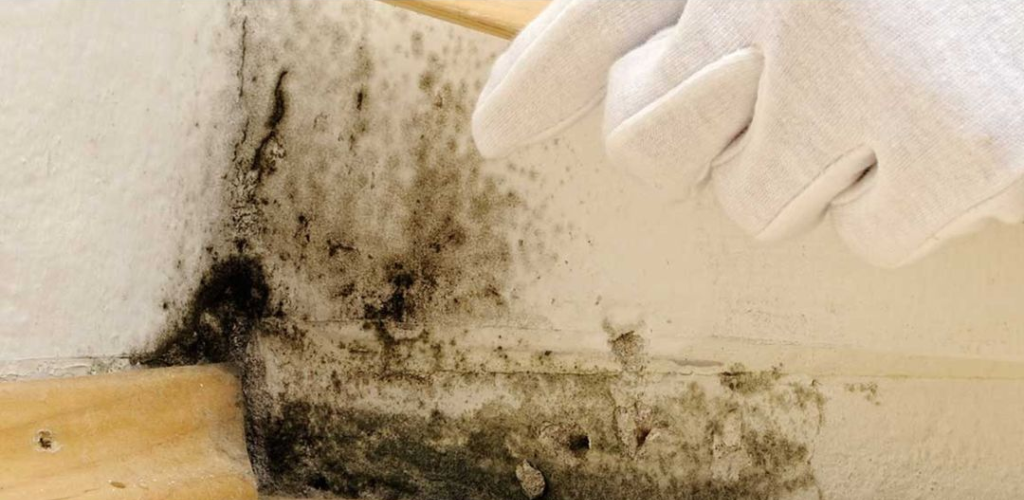Tillandsia: A fascinating airy plant for your home
Tillandsia, also known as air plant, is a remarkable plant that thrives on humidity and organic particles in the air. In this article, we will not only show you how to take care of this plant to ensure its lush growth, but also discover its useful properties. With each passing day, Tillandsia is gaining more followers among plant lovers.
Tillandsia – What is this plant?
The homeland of these little wonders is the equatorial rainforest in Ecuador. They grow on the treetops, but they are not parasites! In tropical ecosystems, they serve as water reservoirs where small, colorful frogs reproduce. These plants are classified as epiphytes, that is, they rely on other plants, tree trunks and branches as support for their growth. The branches absorb water and nutrients not from the soil, but from the air! They get their basic minerals from the residues of organic matter that accumulate in the cracks of the bark. The unusual leaves are converted into water reservoirs, all thanks to tiny disc-shaped hairs that give them a light gray color. There are several species of this plant. The flowers and leaves can vary in color, shape and structure. Regardless of the variety you choose, it will be not only an effective but also a very decorative addition to your home.
Cultivation
It is a unique room decoration with low requirements and easy to care for. Even less experienced houseplant lovers who want to grow live flowers but do not always have the time for it will be happy with this plant. It is only important to follow some rules and one of them is to keep the room temperature optimal. In summer it should be around 20°C, while in winter the temperature should not fall below 13°C. During the heating season, the plant should not be placed too close to the radiator as this could disrupt its natural development cycle. A bookshelf would be a much better option. In its proper growth, the humidity in the room is also important. Remember that it lives in tropical areas and the humidity is high there. If you notice that the humidity in your house or apartment is below 40-45 percent on your hygrometer, these are not favorable conditions for the Tillandsia plant.
Irrigation and fertilization
Regarding watering, airy plants should be watered at least twice a week during the flowering period. In autumn and winter, this frequency can be slightly reduced to every 10 days. Make sure that the plant is neither too dry nor too wet at the roots. None of the options will suit them, and the moisture should be just enough. It is worth noting that light sprinkling works better than traditional watering. The ideal water is soft, so it is recommended to use softened water or rainwater. As for fertilizing, this plant, like other species, should be fertilized during the growing season, that is, from May to the end of August. Multicomponent liquid fertilizers can be used every two weeks. If you want the plant to be resistant to diseases, you can leave it on the balcony for some time, of course, only if the sun’s rays are not too intense.
Propagation and containers
It is advisable to tackle this task in spring. Propagation is carried out by dividing the shoots. Another option is propagation by rooted shoots. What exactly to do? The young, separated shoots should be taken from the center of the leaf and then placed in the substrate (or a container of water) until they take root. As you can see, propagation is not too complicated a process and does not require special skills. Of course, practice is required, but even a beginner should easily cope with it. What containers will be best? Suspended coconut vessels, a piece of tree trunk or bark, shells, all these are excellent vessels for this plant. Fixing the rootless plant can be done in several ways: they are attached to a vertical surface with a small amount of silicone or other adhesive. If you choose a glass vase or a coconut shell, you can fill it with an orchid substrate. Leaves Branches with a larger number of gray hairs need more light and a little less water (that is, humidity). Varieties with thin, shiny leaves are sensitive to sun damage and also require higher humidity in the room. However, it is best to know in advance whether you are dealing with a blue or gray colored Tillandsia. Although theoretically they are “the same” plants, they may differ in their needs.
